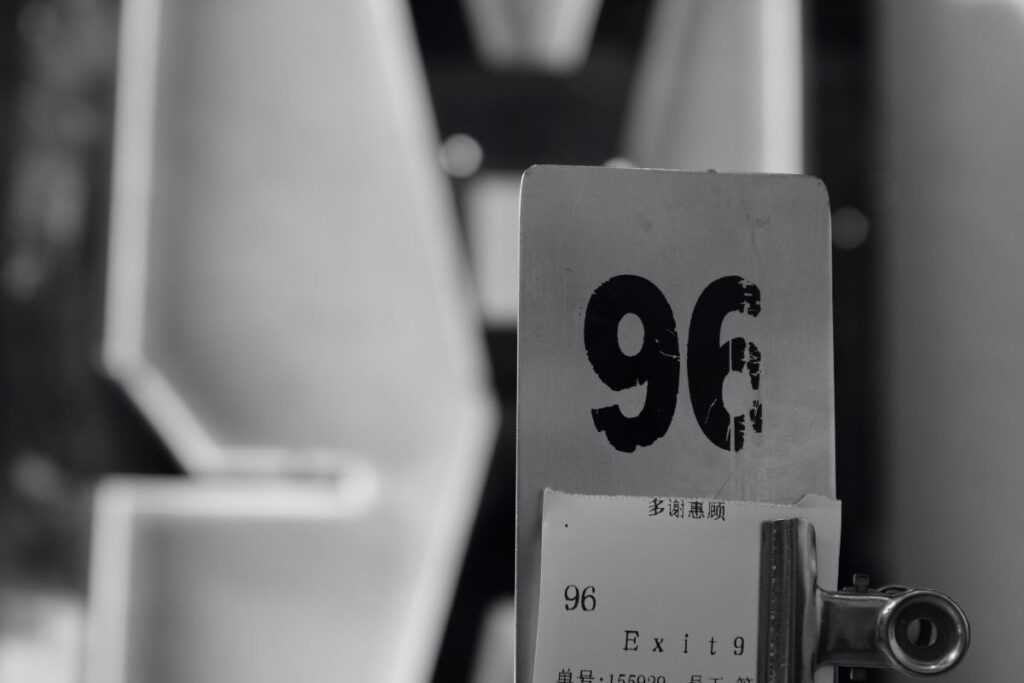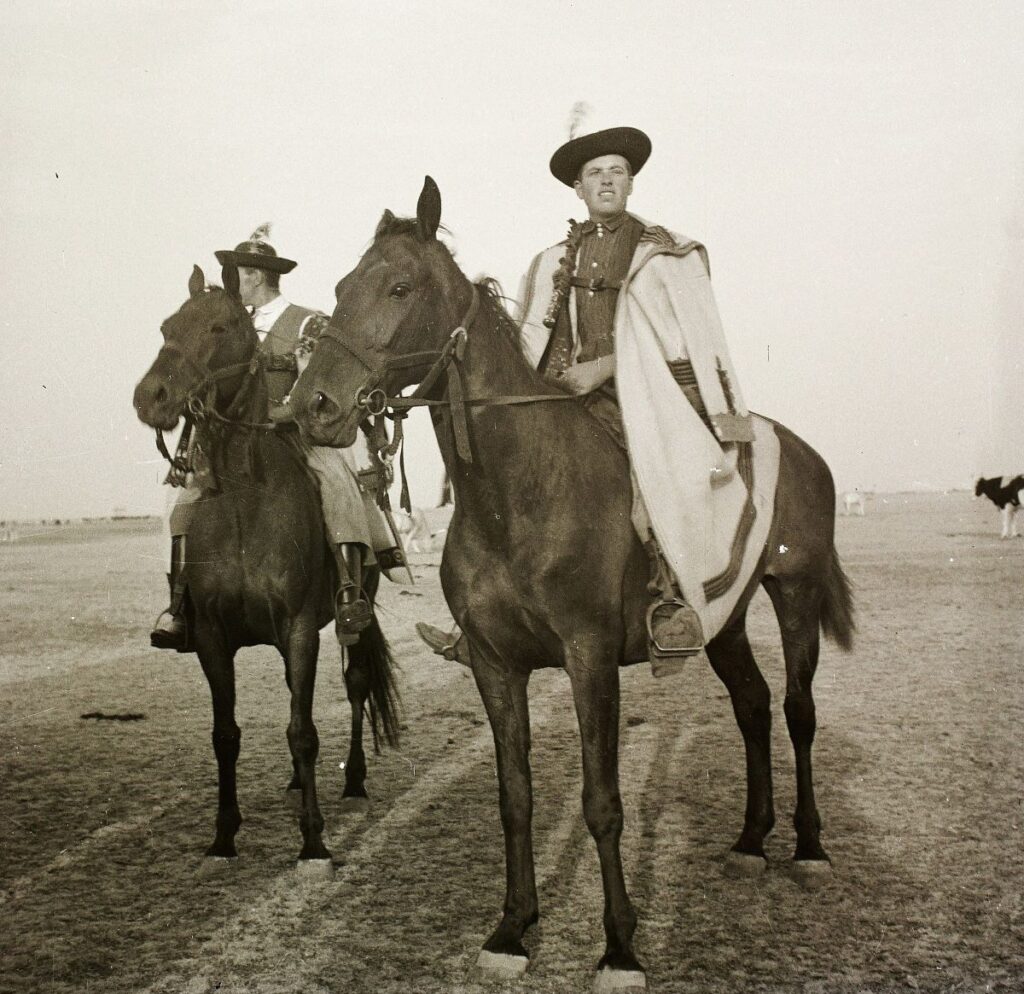Welcome, fellow Worldle enthusiasts and curious explorers, to a captivating journey through Hungary. In this article, we embark on an adventure to uncover the hidden gems and intriguing stories that make Hungary a land of fascination and wonder. Join us as we delve into the heart of Hungary, unearthing a wealth of extraordinary facts and captivating narratives that will pique your interest and leave you with a newfound appreciation for this unique country.
The World’s First Official Wine Region

Picture a landscape rich with vineyards, stretching back in time to the 5th century A.D. This is Hungary, the home of the world’s first official wine region – Tokaj. In 1737, King Karoly bestowed this honour upon Tokaj, nearly 120 years before France’s Bordeaux claimed similar status. While France, Spain, and Italy are renowned for their wines, Tokaj offers something unique. Here, you’ll find the illustrious Tokaji Aszu, often referred to as the “King of Wines” and famously praised by Louis XIV of France as the “Wine of Kings, King of Wines.”
The Hungarian Hand Behind Vitamin C

As you reach for your daily dose of Vitamin C, it’s unlikely that Hungary comes to mind. However, one of the world’s most well-known vitamin supplements owes its discovery to a Hungarian physiologist, Albert Szent-Gyorgyi. In the 1930s, while conducting research at the University of Szeged, he, along with fellow researcher Joseph Svirbely, uncovered Vitamin C. Szent-Gyorgyi’s breakthrough earned him the Nobel Prize in 1937, leaving an indelible mark on global healthcare.
The Rubik’s Cube

In a world dominated by modern technology, the Rubik’s Cube stands as a timeless intellectual challenge. Invented by Hungarian sculptor and professor of architecture Erno Rubik in 1974, this iconic puzzle has sold over 350 million units and spawned worldwide competitions. Budapest, the birthplace of the Rubik’s Cube, remains its spiritual home, offering enthusiasts a classic yet mind-bending diversion.
96: The Magical Number

In Hungary, the number 96 holds a special place in history and culture. In 896, the Hungarian people, led by Prince Árpád, settled in the region and founded what we today know as Hungary. In 1896, Hungary celebrated its millennial anniversary, a momentous occasion. Interestingly, the first metro line in Budapest was also inaugurated in the same year. By law, no building in Budapest can exceed a height of 96 meters, preserving the city’s unique skyline. Additionally, the Hungarian national anthem takes precisely 96 seconds to sing when performed at the proper tempo.
Hungarian Cowboys

Hidden within Hungary’s diverse cultural tapestry is an unexpected gem – Hungarian cowboys known as Csikós. With a heritage tracing back to the Magyars, the first Hungarians who migrated from central Asia to present-day Hungary, horsemanship has deep roots in this land. The Great Plain, or Puszta, resembles the American Old West and serves as the perfect backdrop for showcasing this equestrian tradition. Hungary’s cowboy culture is a delightful surprise for travellers seeking a connection to the country’s rich history.
Conclusion
Hungary, a land where history, invention, and tradition converge, invites you to explore its enchanting stories and remarkable heritage. From its age-old wine regions to the intellectual challenges of the Rubik’s Cube, this Central European country holds a treasure trove of wonders waiting to be discovered.
If you enjoyed exploring this marvellous world’s diversities, join us in Wordle Game, and Guess the country we will write about tomorrow. Play the Worldle now!